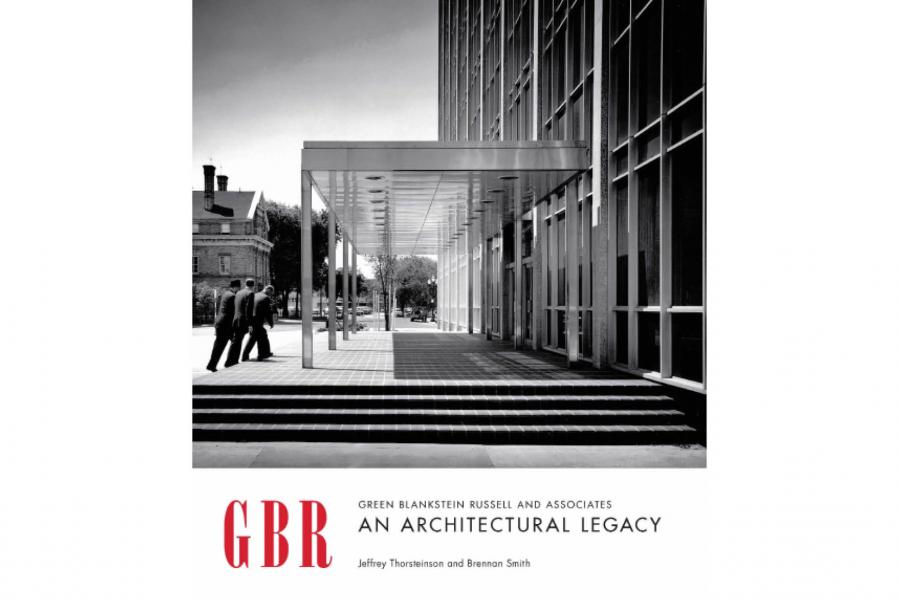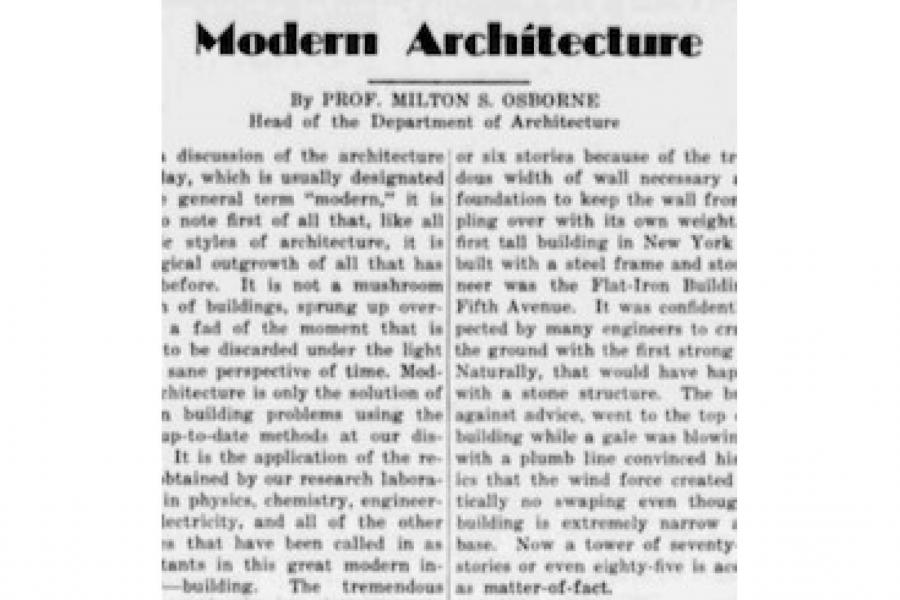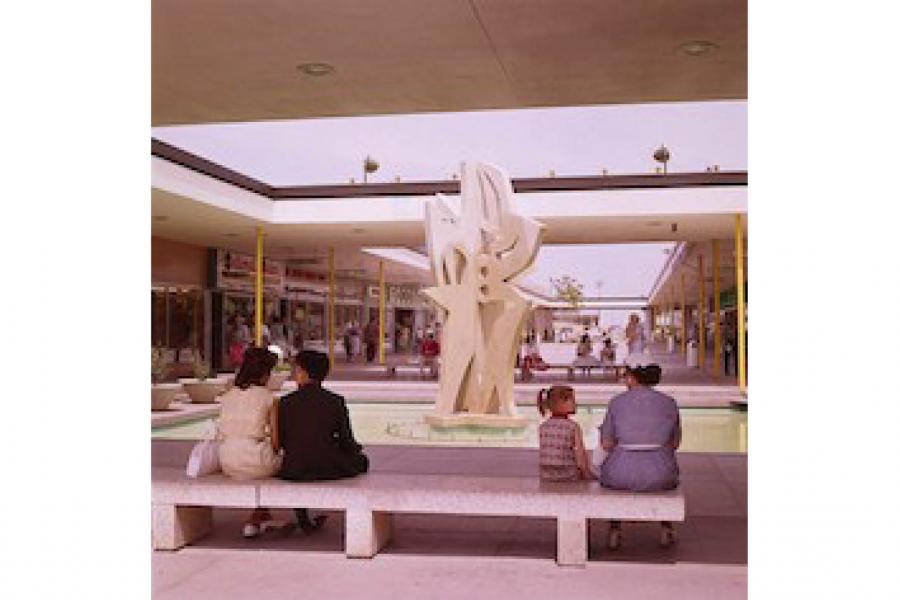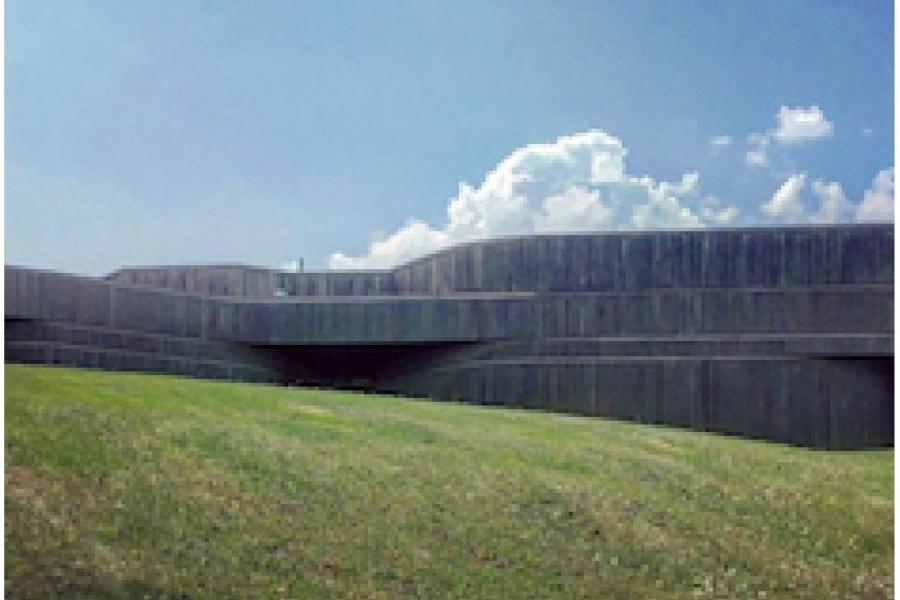Jeffrey Thorsteinson






Education
- M.A., Art History, Queen’s University, 2011.
- B.F.A. (Hons.), Art History, University of Manitoba, 2007.
Background
Jeffrey Thorsteinson is an architectural historian, instructor, and practitioner. He possesses a Master’s of Arts in Art History from Queen’s University and a Bachelor of Fine Arts (Honours) in Art History from the University of Manitoba. Since 2017 he has taught architectural history for the University of Manitoba Faculty of Architecture (Department of Architecture) and for the University of Winnipeg Department of History. His courses have covered such topics as Brutalist architecture, regionalist approaches to Modernism in Canada, and the history of modern architecture and design. For the past six years Jeffrey has worked in the field of heritage conservation and applied architectural history with Parks Canada and, previously, with Republic Architecture Inc. As such he has worked on the listing of historic structures and on the planning and design of restoration, rehabilitation, and renovation projects. Since 2012 he has served as a writer, researcher, and historian with the Winnipeg Architecture Foundation, with whom he has written, curated, and designed exhibits for museums and cultural institutions, and delivered numerous public talks and tours. Working with the Foundation he authored the book Brutalist Architecture in Winnipeg in 2013 and co-authored the book Green Blankstein Russell and Associates: an Architectural Legacy (2017, with Brennan Smith). He has lectured for a wide array of groups, including the University Women’s Club, the University of Manitoba School of Art, St. John’s College, Red Deer College, the Winnipeg Design Festival, Heritage Winnipeg, and the Manitoba Opera. Since 2013 he has been the Manitoba board representative for the Society for the Study of Architecture in Canada and since 2016 he has served on the City of Winnipeg Historic Buildings and Resources Committee. Jeffrey has presented original research papers across Canada and internationally and has published articles in the Journal of the Society for the Study of Architecture in Canada and NETWORK. His research has been recognized through grants and awards from such sources as the Social Sciences and Humanities Research Council of Canada, the Winnipeg Arts Council, the Manitoba Historic Resources Branch, and the City of Winnipeg. His non-academic interests include public education and issues of sustainability and urbanism.
Research
Jeffrey’s research addresses the history of Modernist Canadian architecture and art and the intersection of these categories with a broader history of ideas. In particular he has focused on Canadian architecture, architectural writing, and pedagogy in relation to notions of the modern. He is particularly interested in how topographically-oriented and regionalist modern architecture in Canada responds to questions of identity, place, and sustainability in colonial and post-colonial settings. His work has involved historiographical analysis of past texts on such projects and its problematic elision of similarities between Canadian practices and those of other nations and its embrace of limited ideas of national identity. His work pursues alternate frameworks in which to understand such architecture and readings thereof, including so-called "anxious modernisms," antimodernism, concepts of "indigenization," nature-Romanticism, and the picturesque. Jeffrey’s research explores how certain varieties of modern architecture and their constituent parts have been conceived by their creators, clients, and publics as a palliative for perceived modern dilemmas. A particular area of interest is how modern architecture has been conceived as mitigative of a modernity characterized by an abundance of cultural information and the corrosive nature of so-called attentional economics. As such he explores cases of Canadian Modernist practice as demonstrative of architectural narrativization with respect to notions of mental health and the modern self. An area of close study within his work is the self-conception of designers' attempted engagement with ambient conditions (such as topography, urbanity, identity) as a possible vector for social change – albeit constricted by designers’ necessarily economically and politically limited role within a world of Late Capitalist desacralization and commodification.
Advisor: Dr. Lisa Landrum
Awards
- Professional Development Grant for Arts Administrators, Winnipeg Arts Council, 2014
- Heritage Grant, Manitoba Historic Resources Branch, 2014
- Gail Parvin Hammerquist Fund, City of Winnipeg, 2014
- Joseph-Armand Bombardier Scholarship, Social Sciences and Humanities Research Council of Canada, 2010
- Ontario Graduate Scholarship, Ontario Ministry of Training, Colleges and Universities, 2010
- Queen’s University Graduate Award, 2009-2010
- Program Medal in Art History (Honours), University of Manitoba School of Art, 2007
- John Gilbert Stasiv Memorial Scholarship Award, University of Manitoba, 2003
Presentations and symposia (selections)
- Society of Architectural Historians Conference, Halifax, Nova Scotia, 2018
- Winnipeg Design Festival, Winnipeg, Manitoba, 2016
- Heritage Winnipeg Annual Luncheon Keynote Lecture, Winnipeg, Manitoba, 2016
- Royal Architectural Institute of Canada Conference, Winnipeg, Manitoba, 2014
- Society of Architectural Historians Conference, Austin, Texas, 2014
- Society for the Study of Architecture in Canada Conference, Edmonton, Alberta, 2013
Reviews
- “Benny Farm and Rosemont,” Canadian Architect (December 2015): 62.
- “Sustainable Residential Architecture,” SAB Magazine (Summer 2015): 8.
- “Canadian Centennial Projects 50 Years On,” Canadian Architect (March 2015): 31.
Other publications (selections)
- “St. John's College Chapel,” in Art & Architecture at St. John's College. ed. Christabel Weibe, Winnipeg, MB: St. John's College, 2018.
- Green Blankstein Russell and Associates: an Architectural Legacy, co-authored with Brennan Smith. Winnipeg, MB: Winnipeg Architecture Foundation, 2017.
- “'Half an Architecture': Nature, Nation, and Interpretations of Modern Architecture in Canada,” Society for the Study of Architecture in Canada Journal 41, 2 (2016): 51-64.
- “Two Forgotten Figures: Arthur A. Stoughton, Milton S. Osborne and the University of Manitoba School of Architecture,” NETWORK (2015): 60-71.
- “Darlingford Memorial Park,” Manitoba History (Fall 2014): 34-35.
- Brutalist Architecture in Winnipeg. Winnipeg, MB: Winnipeg Architecture Foundation, 2013.
- “Arthur Stoughton,” NETWORK (2013): 14-17.
- “Boathouse for Sherman Pratt,” The House That Jack Built on Niagara Island, Ontario, ed. Pierre de la Ruffinière du Prey. Kingston, ON: Queen's University Archives, 2010.
